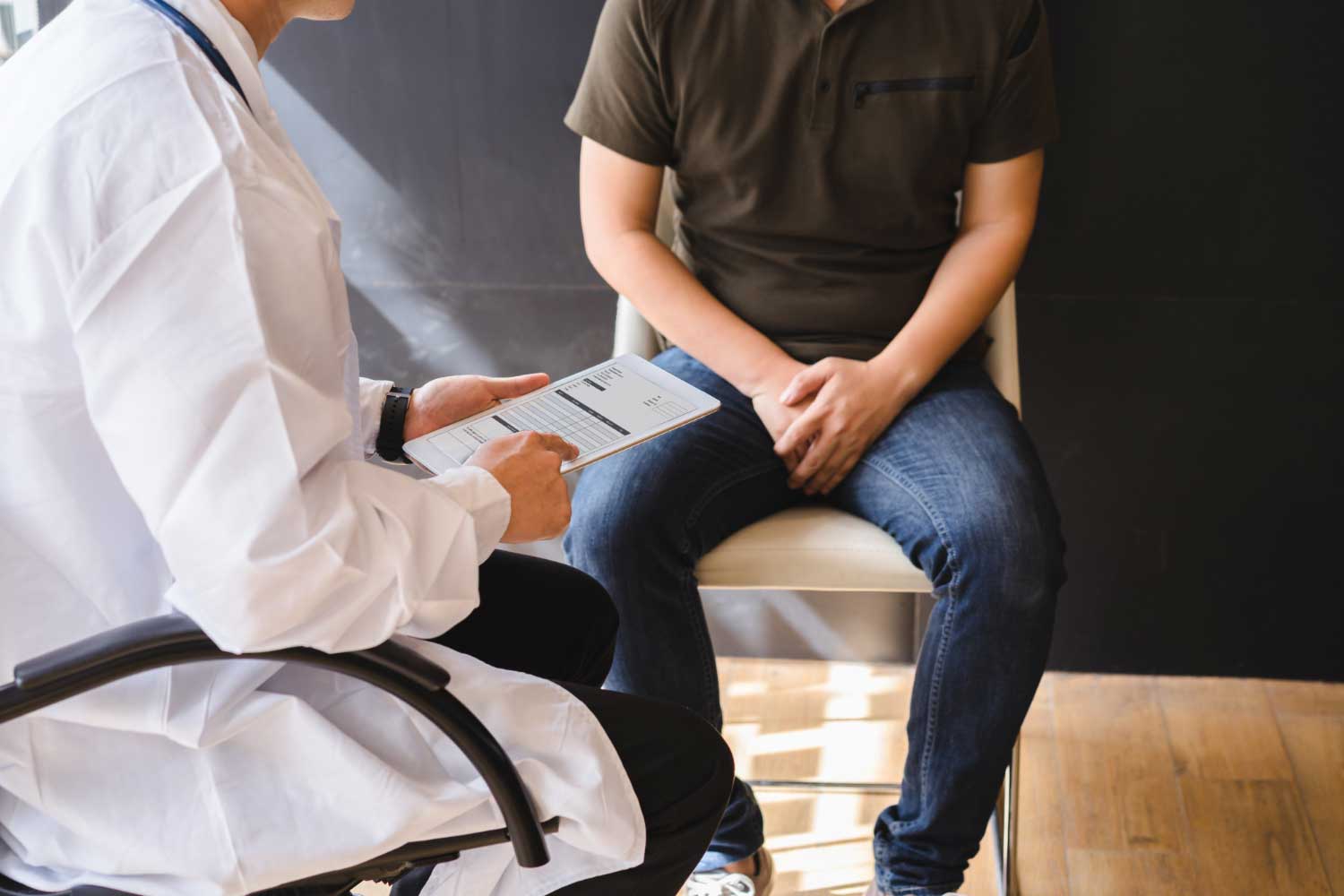
Europe’s Jupiter Icy Moons Explorer (JUICE) spacecraft has been spotted as it zooms away from Earth toward the solar system’s largest planet.
JUICE launched on April 14, kicking off an eight-year journey to the Jupiter system. Once it gets there, JUICE will investigate the Jovian atmosphere and its physics. It will also study the Jupiter ocean moons Ganymede, Callisto, and Europahelping to assess their potential to host life as we know it.
The new JUICE footage was captured by the Airbus Robotic Telescope (ART), a ground-based instrument in Spain designed to aid in space surveillance and tracking. The telescope, which is owned and operated by Airbus Space, captured the Jupiter probe between 6:52 p.m. EDT (2252 GMT) and 8:41 p.m. EDT (00:41 GMT) on April 20.
Related: Relive the launch of Europe’s JUICE mission to Jupiter in these stunning photos
Spotted! 👀Our ground-based telescope 🔭captured #ESAJuice 🛰️ more than 1.5 million km from Earth 🌎, on its way to Jupiter and its icy moons! ✨@esa @ESA_JUICE @esascience pic.twitter.com/I6LE4jI3rBMay 15, 2023
See more
The footage, which consists of 20 five-minute-long exposures, shows JUICE at its center surrounded by bright specks, which are background stars. At the time it was spotted by ART, JUICE was around 1 million miles (1.5 million kilometers) from Earth.
Airbus Space posted the footage on its Twitter feed on Monday (May 15), writing: “Spotted! Our ground-based telescope captured #ESAJuice more than 1.5 million km from Earth, on its way to Jupiter and its icy moons.”
JUICE won’t arrive at the Jovian system until July 2031. The journey takes around eight years because the spacecraft will need several gravity boosts from Earth, the moon and Venus to reach the fifth planet from the sun.
JUICE will be back near Earth in August 2024 to get a gravity assist from the Earth-moon system, the first time such a maneuver, officially called a lunar-Earth gravity assist (LEGA), has been performed.
The European Space Agency (ESA) spacecraft will get a boost from “Earth’s twin,” Venus, a year later, in August 2025. After this, the next two gravity assists for JUICE will come from Earth, with the craft returning to the vicinity of our planet in September 2026 and January 2029, finally collecting enough energy to catapult out of the inner solar system and on to Jupiter.
JUICE won’t stay in orbit around Jupiter forever, however. The mission plan calls for the probe to go into orbit around Ganymede in December 2034. If that maneuver succeeds, JUICE will become the first spacecraft ever to orbit a moon of a planet other than Earth.
At least three of the gravity assists JUICE engages in will give telescopes like ART the opportunity to visually document the spacecraft’s extraordinary mission.
Join our Space Forums to keep talking space on the latest missions, night sky and more! And if you have a news tip, correction or comment, let us know at: community@space.com.
Note: This article have been indexed to our site. We do not claim legitimacy, ownership or copyright of any of the content above. To see the article at original source Click Here













